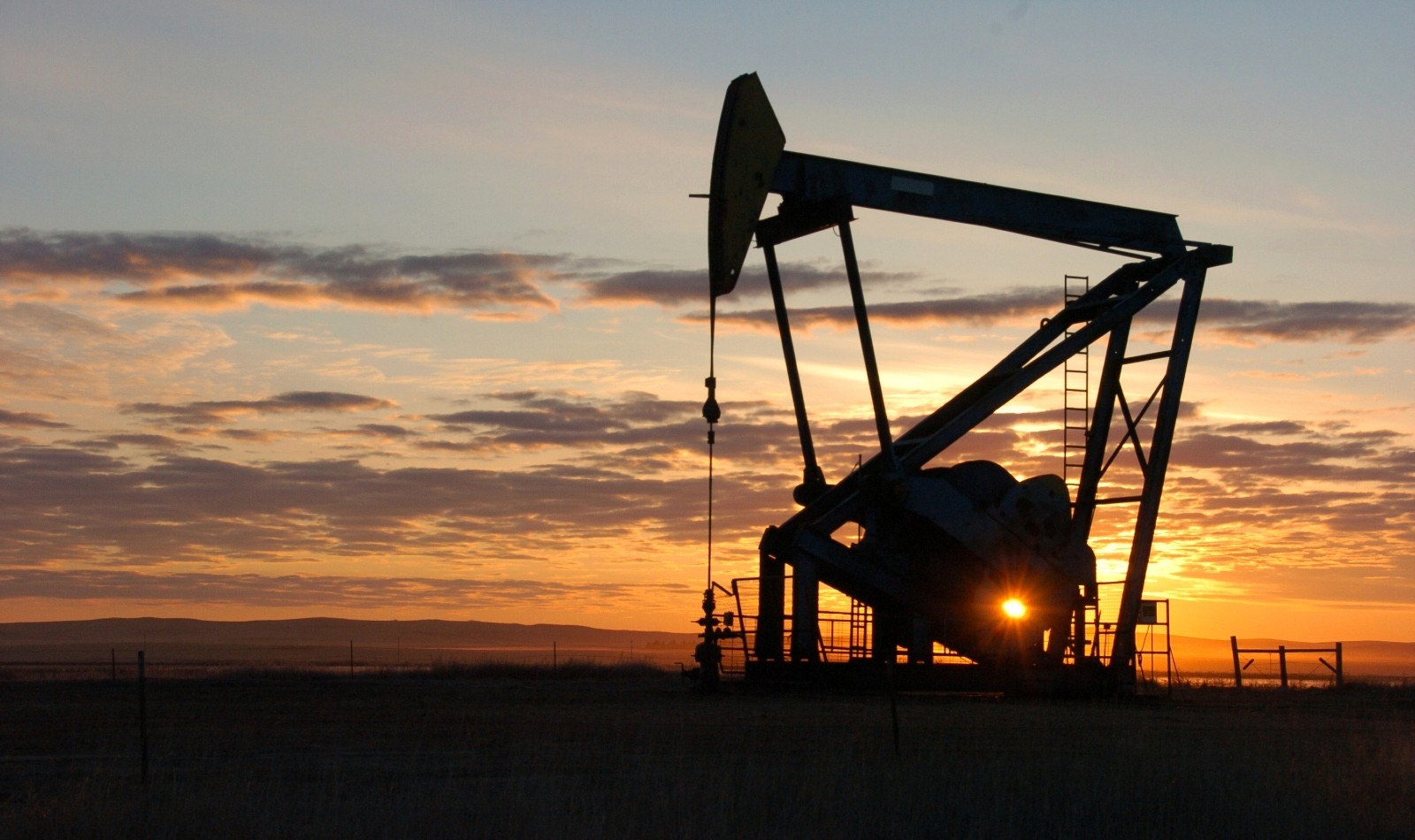A climate lawsuit won big in Montana. What will it mean for other cases?
A climate lawsuit won big in Montana. What will it mean for other ... Grist


Montana Climate Lawsuit Ends with Historic Ruling
After three years, a climate lawsuit brought by 16 young people against the state of Montana has come to a stunning close. On Monday, a Montana district court judge ruled that the state government’s energy permitting policies violated the youth plaintiffs’ right to a healthy environment, which is enshrined in Montana’s state constitution.
Linking Energy Policies to Climate Impacts
The ruling did not compel the state to take specific actions to reduce greenhouse gas emissions or fossil fuel production. But climate law experts say the verdict marks a monumental step forward for an emerging — and rapidly growing — body of climate litigation. By directly linking the state’s energy policies and resulting greenhouse gas emissions to the harms endured by young people, the decision established a strong legal argument that could be a model for other climate cases.
Impacts on Health and Environment
Over more than a hundred pages, District Judge Kathy Seeley laid out an unusually detailed finding of the state’s wrongdoing and its impacts on the mental health, physical health, and cultural resources of the youth plaintiffs. Seeley zeroed in on a provision in the Montana Environmental Policy Act, the state law that governs permitting of major infrastructure and energy projects, that explicitly prevented state agencies from considering greenhouse gas emissions when evaluating projects. The court resoundingly concluded that by not accounting for the climate impacts of its actions, the state of Montana — a major producer of coal, oil, and gas — directly harmed the plaintiffs.
Constitutional Rights and Climate Litigation
The ruling could especially bolster cases in states that, like Montana, enshrine environmental rights in their constitutions, said Michael Gerrard, faculty director at Columbia University’s Sabin Center for Climate Change Law. Currently, six states grant a constitutional right to a healthy environment, which protects access to clean air and water much as the U.S. Constitution protects freedom of speech and religion.
Expanding Legal Arguments and Factual Basis
A climate lawsuit in Hawaiʻi going to trial next summer leans on the state’s constitutional right to a healthy environment. (The plaintiffs in both Held v. Montana and Nawahine v. the Hawaiʻi Department of Transportation are represented by the Oregon-based nonprofit Our Children’s Trust.) Gerrard said Montana’s finding that excess greenhouse gas emissions qualify as a breach of that fundamental right could easily be cited to strengthen legal arguments in Hawai‘i’s and similar constitutional cases. Plaintiffs could also use the ruling as a model for clarifying a specific government’s role in worsening the climate crisis.
But even in cases that don’t involve constitutional rights, the Held v. Montana decision could help provide a clear factual basis for establishing climate impacts and their harms, Thiam said. Evans noted that the judge
The article discusses a climate lawsuit brought by young people against the state of Montana, highlighting the connection between the state’s energy policies and greenhouse gas emissions. This relates to SDG 13, which focuses on taking urgent action to combat climate change and its impacts. Additionally, the article mentions the impacts of the state’s actions on the environment and its citizens, including mental health and cultural resources, which aligns with SDG 15, which aims to protect, restore, and promote sustainable use of terrestrial ecosystems.
The article emphasizes the need for the state of Montana to consider climate change impacts when permitting energy projects. This aligns with SDG 13.2, which calls for the integration of climate change measures into national policies and planning. Additionally, the article highlights the harms caused by the state’s actions to Montana’s environment and its citizens, emphasizing the importance of conservation and restoration of terrestrial ecosystems, as stated in SDG 15.1.
The article does not explicitly mention specific indicators. However, progress towards SDG 13.2 can be measured by tracking the number of countries that have successfully integrated climate change measures into their national policies, strategies, and planning. For SDG 15.1, progress can be measured by assessing the proportion of important sites for terrestrial and freshwater biodiversity that are covered by protected areas.
Behold! This splendid article springs forth from the wellspring of knowledge, shaped by a wondrous proprietary AI technology that delved into a vast ocean of data, illuminating the path towards the Sustainable Development Goals. Remember that all rights are reserved by SDG Investors LLC, empowering us to champion progress together.
Source: grist.org
Join us, as fellow seekers of change, on a transformative journey at https://sdgtalks.ai/welcome, where you can become a member and actively contribute to shaping a brighter future.
 “What’s really important that the judge did here is say that a state’s contribution to greenhouse gas emissions is globally important,” said Gail Evans, an attorney at the Center for Biological Diversity and lead counsel on a climate lawsuit in New Mexico, which does not recognize a constitutional right to a healthy environment. New Mexico’s case instead targets a clause in the state constitution that directs the government to control pollution and protect clean air and water. Plaintiffs in that case say their state government failed to fulfill its constitutional duty when it authorized record levels of oil production in the Permian Basin.
“What’s really important that the judge did here is say that a state’s contribution to greenhouse gas emissions is globally important,” said Gail Evans, an attorney at the Center for Biological Diversity and lead counsel on a climate lawsuit in New Mexico, which does not recognize a constitutional right to a healthy environment. New Mexico’s case instead targets a clause in the state constitution that directs the government to control pollution and protect clean air and water. Plaintiffs in that case say their state government failed to fulfill its constitutional duty when it authorized record levels of oil production in the Permian Basin.
SDGs, Targets, and Indicators
1. Which SDGs are addressed or connected to the issues highlighted in the article?
2. What specific targets under those SDGs can be identified based on the article’s content?
3. Are there any indicators mentioned or implied in the article that can be used to measure progress towards the identified targets?
Table: SDGs, Targets, and Indicators
SDGs
Targets
Indicators
SDG 13: Climate Action
13.2: Integrate climate change measures into national policies, strategies, and planning
Number of countries that have integrated climate change measures into national policies, strategies, and planning
SDG 15: Life on Land
15.1: Ensure conservation, restoration, and sustainable use of terrestrial and inland freshwater ecosystems
Proportion of important sites for terrestrial and freshwater biodiversity that are covered by protected areas








